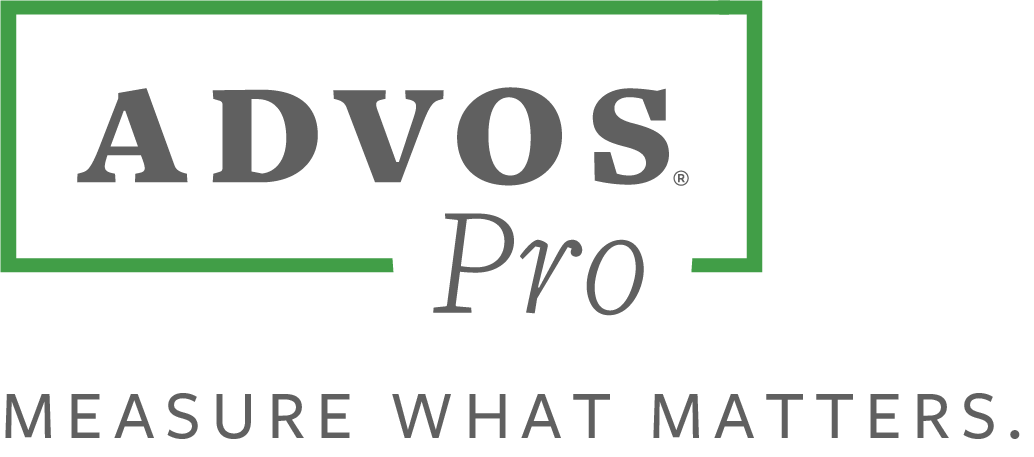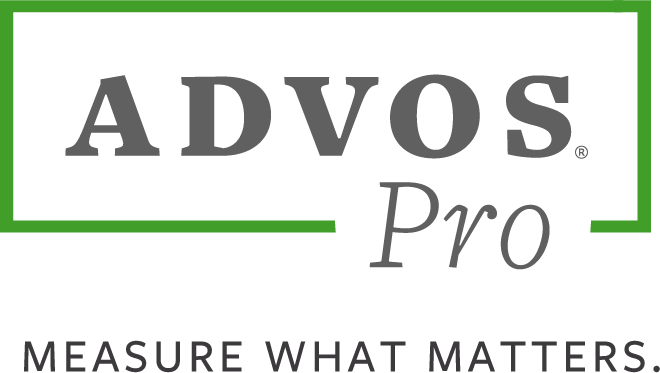
Want Thrilled Clients? Turn on the lights and let’s go!
As lawyers, we often find ourselves reminding our clients that if they aren’t completely honest with us about what’s going on, and we don’t have the whole picture, then we can’t deliver our best work to solve their problem. Trying to solve legal issues with partial facts is a lot like being in an unfamiliar room full of expensive and fragile art, in the dark, trying to get from one side of the room to the other.
Once we have all the information, though, it’s akin to turning on the lights – even if the room is filled with obstacles, we can confidently navigate the situation. We can handle the unfavorable facts, craft our best arguments, and create plans to mitigate the issue or avoid similar situations in the future. #LawyerSuperpowers!
Lawyers inherently understand that our job is to solve problems and navigate issues and opportunities for our clients, but we’re not great at doing the same for ourselves. (What’s that old line about the cobbler’s children? Anyhoo…)
One of the most glaring issues where we see this play out is the law firm client experience.
As a profession, we don’t have a great reputation for client experience. Case in point: the vast catalogue of less-than-flattering lawyer jokes!
Despite the reputation, I think we all want to deliver tremendous client experiences and turn our clients into raving fans who shout our praises from the rooftops. In our business, we call that the Thrilled Clients pillar. Newsflash – in addition to making your work way more fun, those Thrilled Clients will turn into AMAZING referral and recurring revenue sources for you!
Unfortunately, many of us are operating in the dark when it comes to understanding our client’s experience working with us. We’re not asking for feedback, sometimes because we’re afraid of negative responses, sometimes because we’re locked into the “way it’s always been done” mentality and client feedback doesn’t fit that mold, and sometimes because it just hasn’t been on our radar. Whatever the reason, if we’re not actively soliciting and objectively measuring client feedback, then even if we say we’re working to build Thrilled Clients, we’re operating with the lights off.
Like any aspect of building your PROmance – the practice you love, that loves you back – if you want Thrilled Clients, you need to have a measurable goal (Measure What Matters!), a way to know whether you’re on track or off track, and then a process for acting on the results of that measurement to ADVance you closer to your goal.
Today, I’m going to lay out for you exactly how the ADVOS team does it. Feel free to use this as a roadmap for your own firm. It’s time to turn on the lights and go!
Measure What Matters:
Step 1: What’s the metric? When it comes to measuring client experience, there is a clear front runner, and I’m betting you’re already VERY familiar with it because it’s used in just about every industry. It’s called the Net Promoter Score (“NPS”), and it boils down to asking one simple question: “On a scale of 0-10, how likely are you to recommend [firm] to a friend or colleague?” (You can nerd out on the NPS score here – it’s fascinating!)
If the respondent answers with a 9 or 10, they’re a promoter (congrats!). A 7 or 8 is a passive response, which means they’re not likely to actually promote you, but they’re not out there saying ugly things about you. A 6 or lower is a detractor, which means they’re likely to be out in the world saying unflattering (or worse) things about you.
To calculate your NPS score, you determine the percentage of total responses that are promoters, and subtract from that the percentage of total responses that are detractors. Passives are disregarded. (So, if all responses were detractors, you’d have a -100 score, and if they were all promoters, you’d have a +100 score. If, for example, 40% are promoters, 50% are passive (disregarded in the calculation), and 10% are detractors, your score would be +30.)
Step 2: What’s the goal? If we’re going to have a metric, we also need to have a goal for what we’d like that metric to be. Our team referenced the Clearly Rated industry benchmarks, which show that the U.S. legal industry’s average score in 2023 is +37. However, we felt like we had a pretty solid client experience going, so we didn’t want to settle for industry average. We’re also not afraid of a tough goal when the outcome is this important. So, we set our sights on a NPS score of +90, measured over 12 months of responses.
Step 3: How do we measure it? There are LOTS of ways to capture NPS scores. You can ask clients in conversation or at the end of a meeting, email them and ask them to reply with their rating, email a link to a survey tool like Survey Monkey, use a general survey tool to send out surveys periodically, or use a purpose-built 3rd party tool. When evaluating the tool you’ll use, you want to think about ease of use for the client, ease of use for your team (how hard will it be to be sure you’re using the tool consistently, and to pull the data from your results), confidentiality / privilege, and branding.
We decided to use a 3rd party platform built just for NPS, and after exploring several options, landed on AskNicely. The system lets us brand the emails to clients, customize the follow-up questions we ask, and give the client the option to tell us whether we can publicly attribute their comments to them (we love the opportunity to share positive client feedback, linked to real humans who have worked with us!). We can also set the parameters for who is surveyed, when surveys are sent, and how frequently each person can be surveyed.
In our case, we survey all clients (current and past) and referral sources, but no one is surveyed until they’ve been on the list at least 45 days. That way, we’re not asking a new client about their experience with us before they’ve had a chance to really know what it’s like to work with us. The system sends no more than 5 surveys per day (M-F), at 10am. No one is surveyed more than once every 180 days. When we add someone to the list in AskNicely, they’re put in a queue and the system automatically sends surveys from the queue.
Survey recipients receive an email that asks them the NPS question (and NO other questions), and they respond by clicking a button for the number of their score, directly in the email body. That click registers their score, and takes them to a web page that thanks them for responding, and asks if they’d like to tell us why they chose that score. If they enter a comment, they can also choose whether we are permitted to publicly attribute the comment to them. That’s all!
Our team then receives an email notifying us of the response (whether or not the person left a comment), and our AskNicely dashboard reflects our updated score.
ADVance toward the PROmance: Whether our NPS score is good, bad or ugly, we can’t get closer to (or stay aligned to) the goal unless we’re monitoring and acting on it.
Step 1: Scorecard: We track our results for all of our key metrics in a scorecard that is updated weekly and shared with our management team. We also share our NPS scores and comments with our operational team in our weekly meetings, and post the overall score publicly on our website (that’ll keep you committed to delivering on the promise of Thrilled Clients!). We know exactly where we stand, in fairly real time. For example, as of today, our score is 91.7 over the prior 12 months. Yahtzee!
Step 2: Decisions and Actions: Knowing the score is important, but what you DO about the score is the real gold.
The simplest thing is to be sure you reach out with a personal thank you when someone gives you a 9 or 10 – particularly if they left you a love note in the comments. Those interactions help you reinforce the strength of the client relationship, give you an opportunity to share kudos with the team, and also highlight the types of clients you serve best. Brilliant!
The harder thing is to reach out to acknowledge and learn from the passives and detractors, but DO NOT SKIP this step! This is where the most critical lessons and growth are found.
In our early days, we had a client respond to our NPS survey with a very low score and unfavorable commentary. We reached out to the client to thank her for her candor, and let her know that if she’d be open to a brief discussion, we’d love to better understand what wasn’t great so that we wouldn’t repeat it with other clients in the future. She was happy to spend a few minutes explaining what didn’t work for her, and we both came away with a better understanding of the type of client we serve best. She has since become a great promoter of our firm, to clients who fit our ideal client profile – and we learned how to identify clients who would not be a great fit so that we could help them find a firm better suited to their needs. Win-win, and all for the price of embracing the potentially awkward conversation so we could learn and grow.
The bottom line is this: if your vision of your #PROmance includes #Thrilled Clients, then you need to be sure you know where you stand with respect to that goal, and that you’re taking action to #ADVance toward the goal whenever you can. The NPS approach is a super-simple, and incredibly effective, way to #MeasureWhatMatters when it comes to client experience – we are HUGE fans!
If you haven’t yet implemented NPS, I hope this explanation of our framework gives you the fast pass to make it happen in your practice, as soon as possible. And if you have questions or want to explore it further, let’s connect in the ADVOSphere. We’ve got a great community of lawyers committed to building practices they love, and supporting others who are doing the same. (Not a member of the ADVOSphere yet? It’s free, and if you’re a lawyer in a small or solo practice, we’d love to have you – click here!
To your PROmance (and your Thrilled Clients)!
Whit




